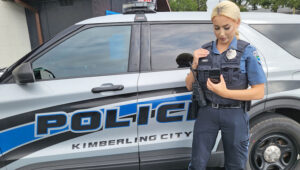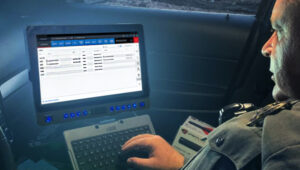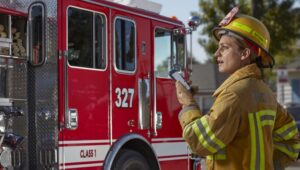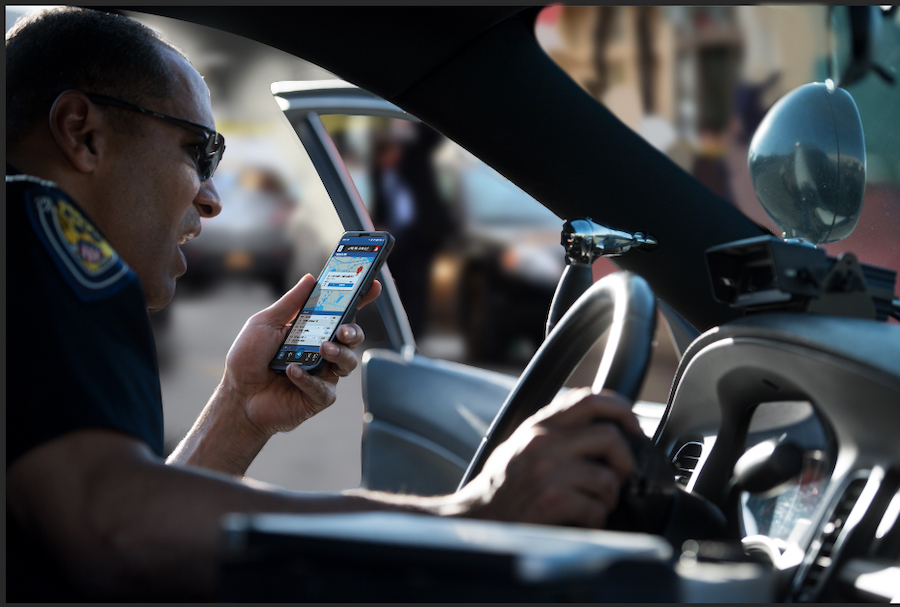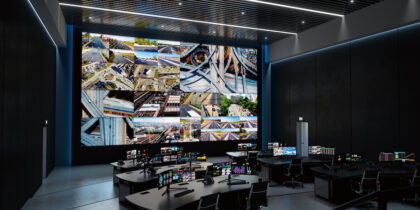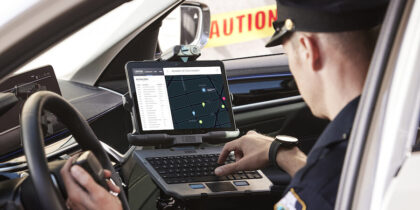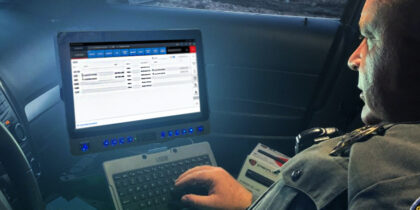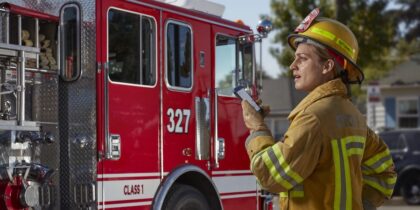Built for first responders in the wake of 9/11, the FirstNet mobile broadband network is now available across most of the United States. More than 10,000 agencies have signed onto FirstNet, and firefighters everywhere stand to benefit from the network’s dedicated, prioritized bandwidth.
FirstNet provides public safety 20MHz of dedicated 700MHz broadband spectrum — often referred to as “Band 14.” While AT&T was legally required to provide 20MHz of spectrum, they went a step above and made their entire network spectrum available for public safety. FirstNet provides priority and preemption so that agencies can always use broadband, even if the network is otherwise overloaded. In the past, when the network was over capacity — often in times of greatest need — public safety communications would fail just as often as civilian calls and data transmissions.
The FirstNet rollout has created a foundation for mobile innovation across public safety. Today, FirstNet allows fire departments to shift toward smart mobile technology that can significantly improve their operational effectiveness and safety.
Emergency response
Firefighters utilize a great deal of mission-critical data. During the initial response to an emergency, they receive an information download from the computer-aided dispatch (CAD), transmitted via LTE broadband to the station’s digital displays, in-vehicle computers and mobile devices. Information continues to flow as the response progresses, and firefighters maintain situational awareness by receiving the information in close to real time. 4G LTE networks deliver the broadband connectivity needed to support these vital transmissions.
Migrating to FirstNet®: The definitive guide
Get a comprehensive guide to migrating to FirstNet®, the network dedicated to public safety. Download Now
A range of firefighter-designed mobile apps can provide near-instant information directly from CAD, locate responders and their vehicles and deliver building plans and hydrant/water supply locations to responders in the field. Other apps have been developed to provide information on who is responding a particular incident.
Emergency mitigation
Once public safety officers arrive at an incident, they often need additional information to effectively mitigate the emergency. At a hazardous material incident, for instance, they need data to identify the material, the evacuation zone and the recommended mitigation procedures — all of which can be accessed on apps like WISER. Operated by the National Institutes of Health (NIH), WISER provides a wide range of information on hazardous materials, including substance identification support, physical characteristics, human health information and guidance on containment and suppression.
In a train derailment, responders’ safety and effectiveness is dependent on knowing what’s on each rail car. The AskRail app provides direct links to the DOT Emergency Response Guide, as well as real-time information on what’s being carried on each rail car, the nearest evacuation zones and railroad contacts for all Class I railroads. Already in use by more than 25,000 first responders in the U.S. and Canada, the AskRail app is a collaborative effort among many public safety organizations and all North American Class I railroads.
During major disasters such as earthquakes, hurricanes, tornadoes and floods, public safety officers can find critical information on the FEMA app, which provides guidance on what to do before, during and after a disaster. Fire departments can also use other mobile apps to report damage to critical infrastructure, roads and bridges.
Unmanned aircraft systems
Unmanned aircraft systems, or drones, are now being used to provide near-live video that can be instantaneously streamed over LTE broadband — directly to smartphones and tablets. Drone video streaming provides perspectives that are unattainable at ground level. And FirstNet enables live transmission of bandwidth-intensive video data that on standard networks would often be inaccessible in emergencies.
Wearables
The future of wearables is promising for firefighters, offering physiological monitoring, communications, alerts and more. Smartwatches such as Samsung’s Galaxy Watch can monitor firefighters’ heart rates, movement and location and communicate any dangerous conditions to their incident commander (IC). Wearable technology allows firefighters to view alerts and notifications instantly, while communicating by voice.
Smartwatches help keep firefighters safe, tracking and pinpointing them on multiple axes — latitude, longitude and elevation. In some cases, smartwatches can even track firefighters indoors, using building imagery and floor plans. FirstNet has defined this as a requirement to be met by 2021, and it’s already being achieved through barometric pressure sensor technology.
Mobile-first makes sense
From emergency response to mitigation, recovery and safety, going mobile-first has a lot to offer for firefighters.
For firefighters who often find themselves in challenging situations and hazardous environments, a rugged device such as the Galaxy XCover Pro may be the best investment.
The Galaxy XCover Pro meets the U.S. Department of Defense’s MIL-STD-810G standard for toughness: It can be dropped up to 26 times from a height of 5 feet or shaken for hours without impaired performance, and endure temperatures from –40 F to 176 F and altitudes from sea level up to 15,000 feet without failing, in addition to operating in all kinds of other harsh environmental conditions. What’s more, the XCover Pro meets the IP68 standard for dirt and dust resistance, and can survive being immersed in 5 feet of water for a half-hour.
In addition to the XCover Pro, Samsung has made the Galaxy XCover FieldPro, Galaxy S20/S20+/S20 Ultra/S20 FE, Galaxy S10 Lite/S10e/S10/S10+, Note20/Note20 Ultra, Note10/Note10+ and Note9 FirstNet-ready through the inclusion of Band 14 support. Going beyond the devices, Samsung also works closely with leading public safety software providers to simplify the jump to mobile-first and to drive innovation that supports firefighters in the field.
Get a comprehensive guide to migrating to FirstNet, the network dedicated to public safety. And discover more reasons why a rugged, push-to-talk (PTT) smartphone benefits first responders.

